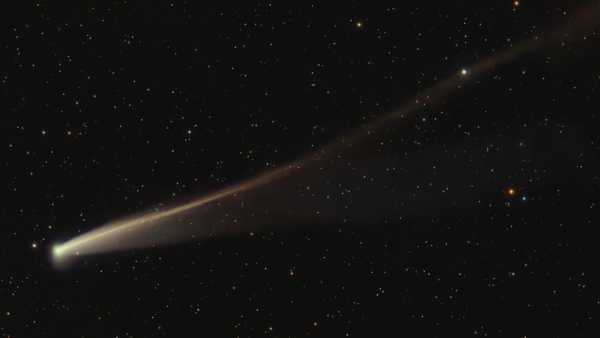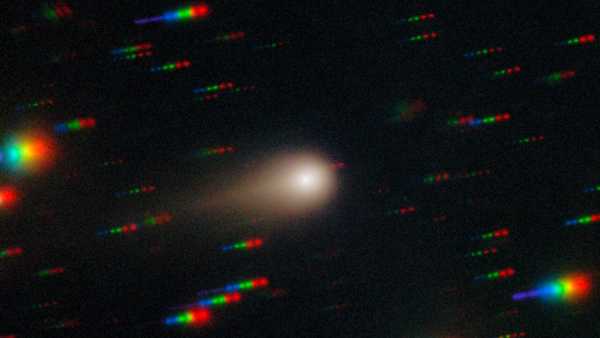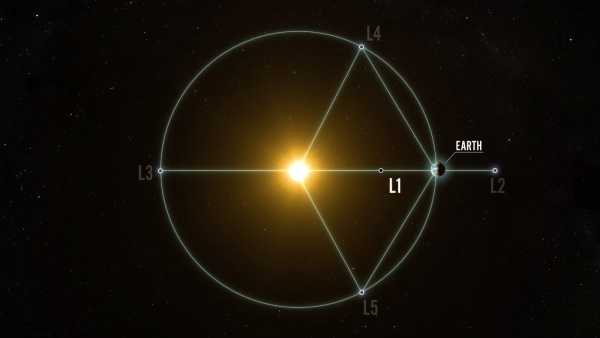
An artist's impression of the Earth/Sun Lagrange points. L1 is the final destination of the Carruthers Geocorona Observatory. (Image courtesy of NASA's Conceptual Imagery Lab/Christopher Kim)
Some NASA missions are designed to address very specific needs, but all of them help us better understand our universe and, in some cases, our own pale blue dot. A new mission to study one of the most mysterious parts of the atmosphere successfully launched on Wednesday (September 24) and will observe the outer layers of our planet's atmosphere for the next two to three years.
Carruthers' Geocorona Observatory launched at 7:30 a.m. ET from the Kennedy Space Center in Florida. It will join NASA's Interstellar Mapping and Acceleration Probe (IMAP) and the National Atmospheric and Oceanic Administration's (NOAA) Space Weather Observatory (SWFO-L1) on their journey to the L1 Lagrange point between Earth and the Sun.
You may like
-
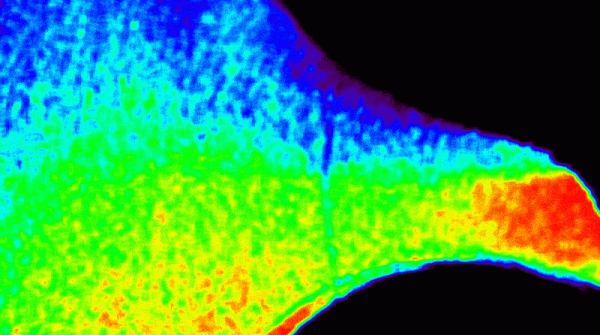
'Never seen before': First images from the ISS's new solar telescope reveal subtle 'fluctuations' in the Sun's outer atmosphere
-
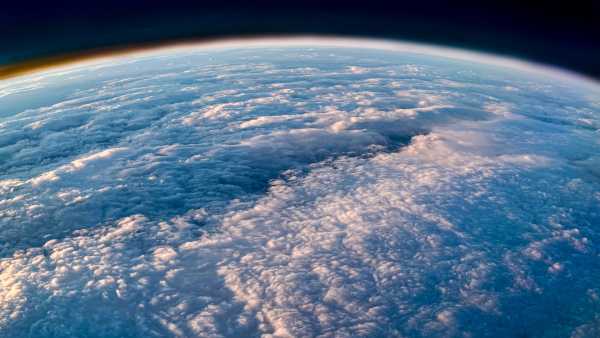
Tiny devices powered by sunlight could explore a mysterious region of Earth's atmosphere.
-
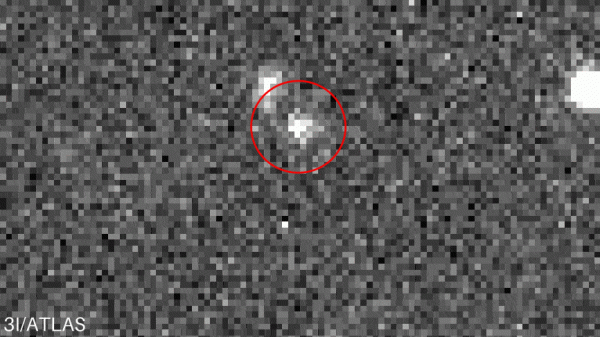
Astronomers are rushing to study our Solar System's newest “interstellar visitor.” Here's why.
We know this because in April 1972, Apollo astronauts installed a primitive ultraviolet camera on the Moon's Planum Descartes during their visit. The images it produced of the geocorona were absolutely stunning, but the camera's inventor, Dr. George Carruthers, realized it didn't tell the whole story. Even a camera as far away as the Moon couldn't capture the entire exosphere.
It took more than 50 years, but his dream of launching a mission to capture that full image will finally come true.
The new camera model is significantly more advanced than its predecessor and reflects 50 years of experience in ultraviolet imaging. It will be equipped with both a wide-field sensor and a near-field sensor. The former will capture images of the entire exosphere, while the latter will provide detailed information on its interactions with both the lower atmosphere and solar particles.
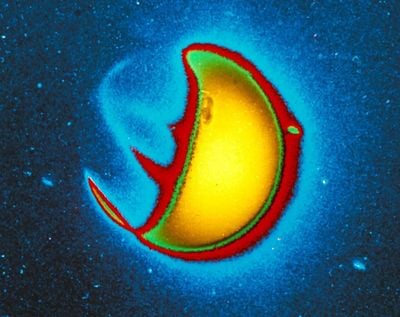
A photograph from Carruthers' original Apollo 16 mission in 1972.
This interaction with the Sun is one of the most exciting parts of the mission, as it is one of the primary mechanisms by which Earth loses hydrogen—one of the main components of water, which is critical for life as we know it. Understanding how this hydrogen loss occurs could help scientists narrow the search for potential exoplanets with sufficient water to be habitable.
RELATED STORIES
—The most distant “mini-halo” ever discovered could improve our understanding of the early Universe.
— “Completely inexplicable”: The James Webb telescope discovered strange “dark beads” in Saturn's atmosphere.
— “Shocking”: Astronomers discover giant black hole growing 2.4 times faster than theoretical limit
Once the Carruthers Observatory reaches the L1 point of the Earth-Sun system, which is four times farther than the Moon and 1.6 million kilometers closer to the Sun than Earth, it will begin operations. It is scheduled to begin collecting data in March of next year, and its planned operational life is two years, though if all goes well, this could be significantly extended. Observing our Pale Blue Dot shine at its peak brightness will, in this case, help us better understand other Pale Blue Dots scattered throughout the galaxy. But perhaps most importantly, the observatory will fulfill the dream of a pioneering engineer and physicist who died in 2020 at the age of 81.
The original version of this article was published in Universe Today magazine. It has been lightly edited for accuracy.

Andy Thomaswick
Andy has been interested in space exploration since reading the book “Pale Blue Dot” in high school. An engineer by training, he prefers to focus on the practical challenges of space exploration, whether it's eliminating perchlorates on Mars or creating ultra-smooth mirrors for ever-clearer data. When not writing or engineering, he enjoys entertaining his wife, four children, six cats, and two dogs, or running laps to stay in shape.
You must verify your public display name before commenting.
Please log out and log back in. You will then be asked to enter a display name.
Exit Read more
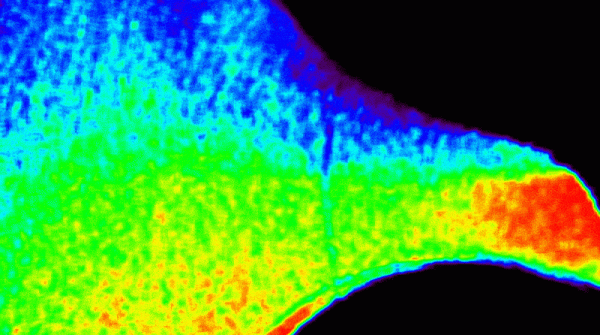
'Never seen before': First images from the ISS's new solar telescope reveal subtle 'fluctuations' in the Sun's outer atmosphere
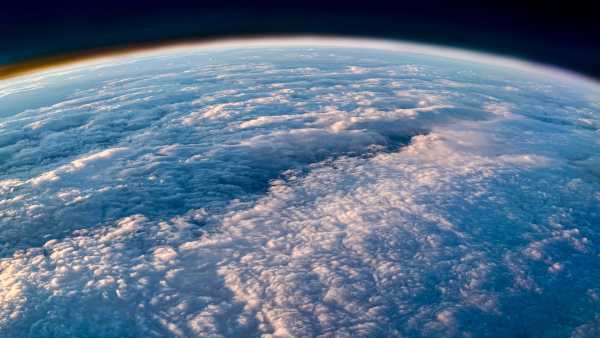
Tiny devices powered by sunlight could explore a mysterious region of Earth's atmosphere.
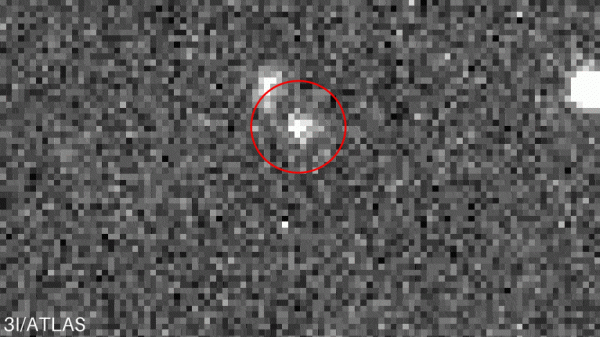
Astronomers are rushing to study our Solar System's newest “interstellar visitor.” Here's why.
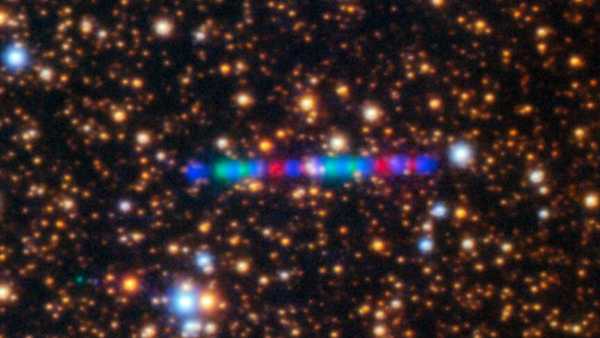
Interstellar Comet 3I/ATLAS Transforms into a Giant “Cosmic Rainbow” in a New, Stunning Telescope Image
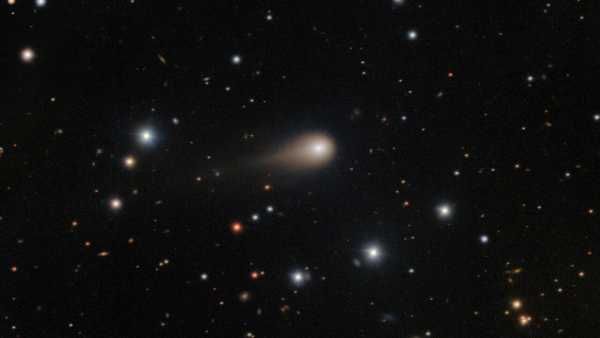
New photographs of comet 3I/ATLAS show its tail growing before our eyes.
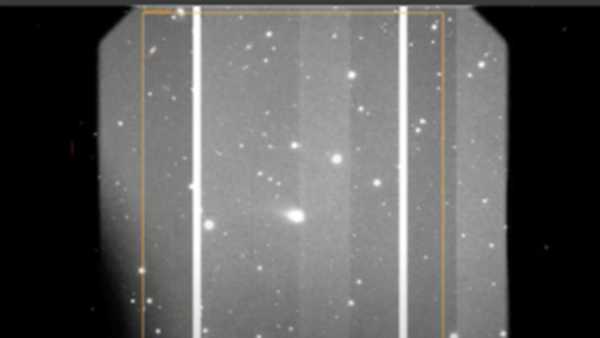
I watched scientists observe the interstellar comet 3I/ATLAS in real time. This is what they saw.
Latest news from space
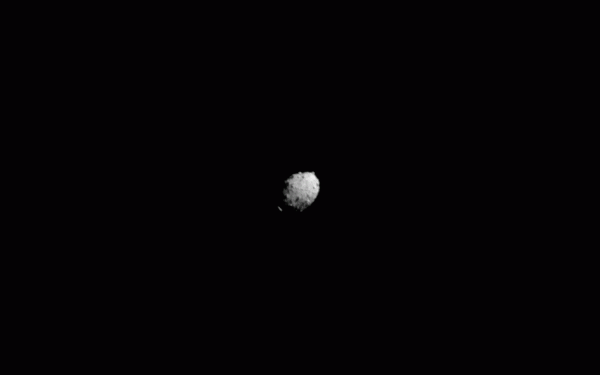
Science Story: DART, humanity's first asteroid deflection mission, hits space rock in the face – September 26, 2022
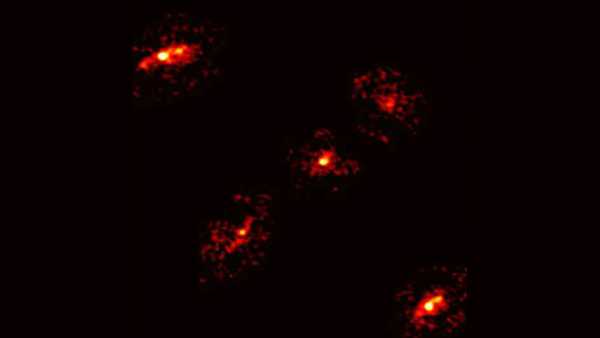
Scientists were shocked to discover a rare 'Einstein cross' with a surprise at its centre.
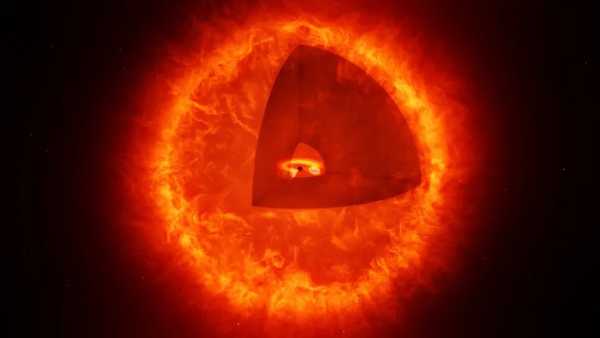
The James Webb Space Telescope may have discovered an entirely new class of cosmic object: a black hole.
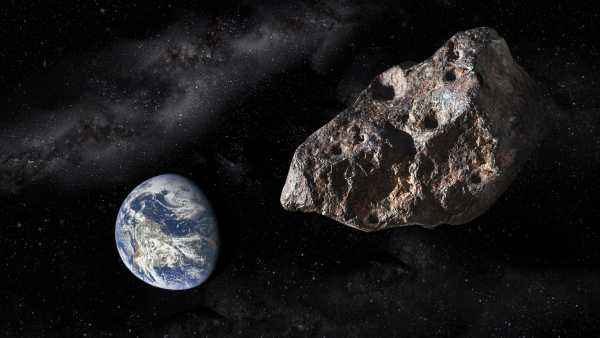
City-killer asteroid could be destroyed by nuclear explosion before it approaches the Moon
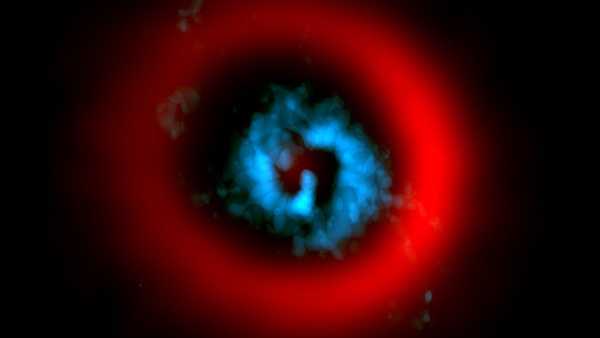
Scientists are observing the birth of a young planet in real time (photo)
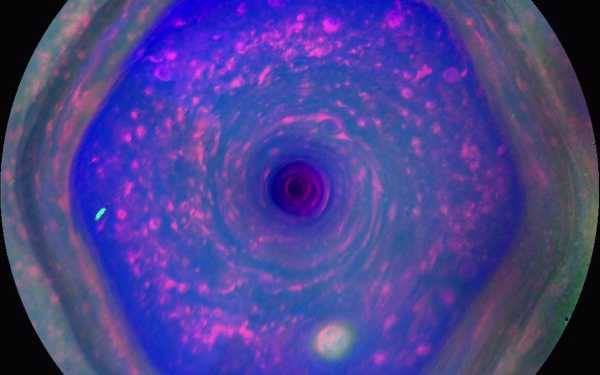
'Completely inexplicable': James Webb Space Telescope discovers strange 'dark beads' in Saturn's atmosphere
Latest news
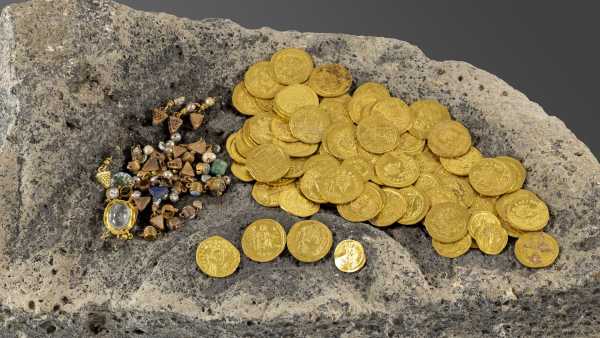
“Gold coins started appearing one after another”: 1,400-year-old hoard of money and jewelry discovered near the Sea of Galilee
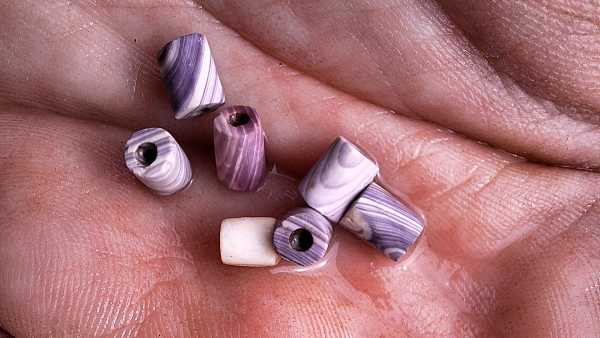
Rare wampum beads discovered in 17th-century Newfoundland colony
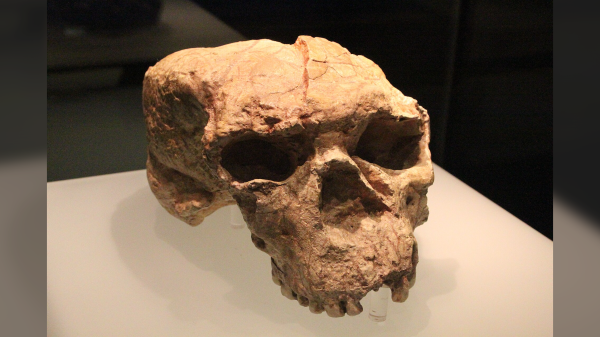
A 1-million-year-old skull from China holds clues to the origins of Neanderthals, Denisovans, and humans.
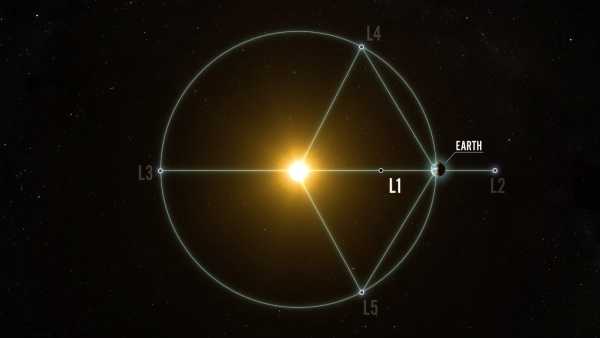
NASA launches special mission to study Earth's mysterious “halo”
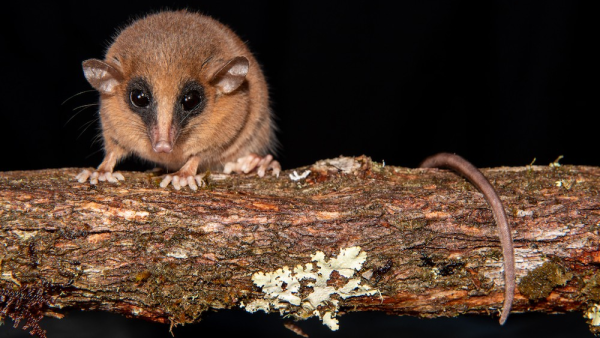
A mysterious creature discovered in Peru's 'forbidden cloud forest' is a new species of marsupial.
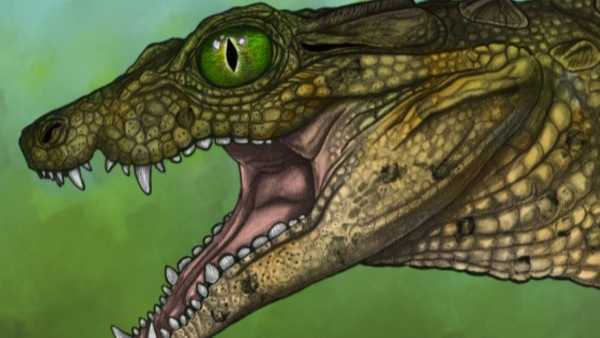
A 95-million-year-old, never-before-seen 'tiny skull' of a crocodile-like creature has been discovered in Montana.
LATEST ARTICLES
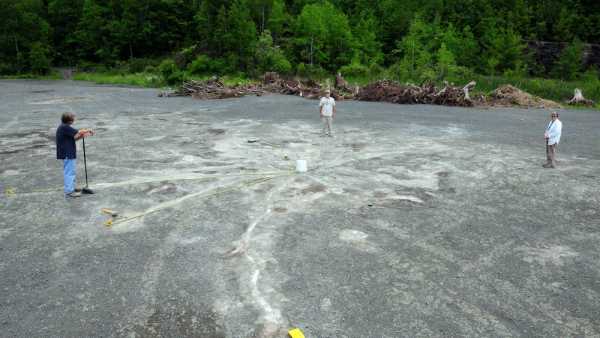
1Cairo Fossil Forest: The oldest forest in North America with trees 385 million years old.
Live Science magazine is part of Future US Inc., an international media group and leading digital publisher. Visit our corporate website.
- About Us
- Contact Future experts
- Terms and Conditions
- Privacy Policy
- Cookie Policy
- Accessibility Statement
- Advertise with us
- Web notifications
- Career
- Editorial standards
- How to present history to us
© Future US, Inc. Full 7th Floor, 130 West 42nd Street, New York, NY 10036.
var dfp_config = { “site_platform”: “vanilla”, “keywords”: “type-news-daily,type-crosspost,exclude-from-syndication,serversidehawk,videoarticle,van-enable-adviser-
Sourse: www.livescience.com



